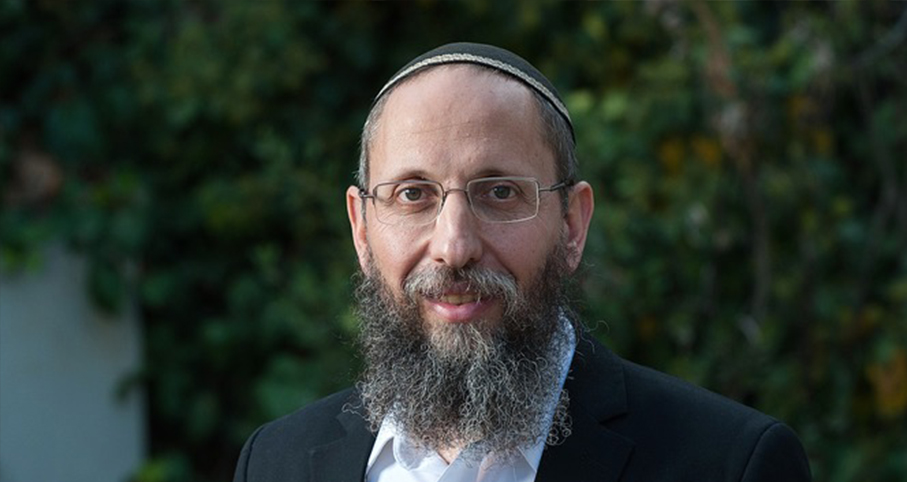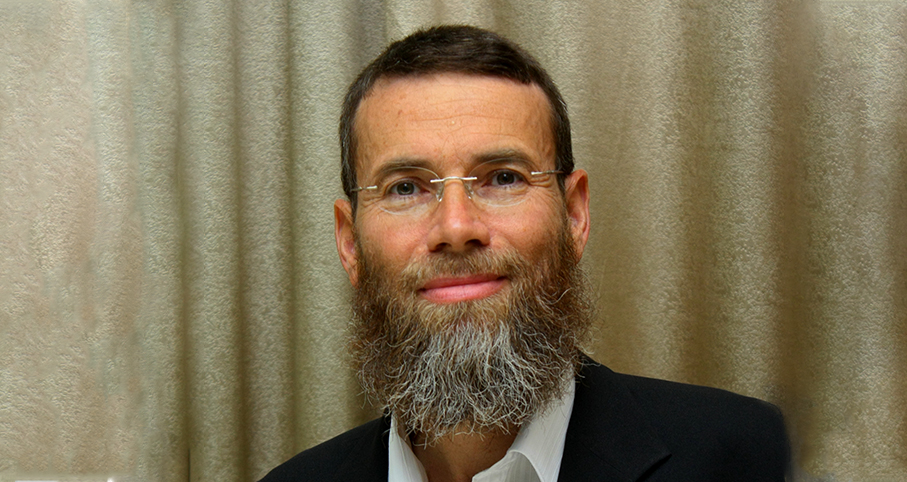Beit Midrash
- Sections
- Chemdat Yamim
- Parashat Hashavua
- Torah Portion and Tanach
- D'varim
- Ki Tetze
A crucial discussion and disagreement among early rabbinic authorities is whether the final redemption depends on the people’s initiative to do teshuva or whether Hashem will be willing to lead us into the process (see Sanhedrin 97b-98a). Since Talmudic times, sages have given their explanations to the various opinions. We will now present the explanation of Rav Yehuda Alkalay, a crucial philosophical harbinger of Modern Zionism, who helped pave the way for people like Theodore Herzl. (Rav Alakalay was born in Sarajevo in 1798. He moved to Israel as a child and studied there, returning to his birth land for several decades, during which time he preached the importance of moving to the Land of Israel. He was able to move back to Eretz Yisrael for the last few years of his life and was buried on Har Hazeitim).
In general people think of teshuva in terms of strengthening belief in principles of faith and efforts to follow the Torah’s operative precepts, such as Shabbat and kashrut. Rav Alakalay made a revolutionary claim. Certainly at the end of the process of redemption, all of the individuals who make up the Jewish nation will keep mitzvot, study Torah, and will cling to Hashem. However, the earlier stages of teshuva relate to a general national teshuva that has no direct connection to the piety of the people. Its main element will relate to the return to the Land of Israel.
"You will contemplate the matter among all of the nations where I have dispersed you and you will return to Hashem, your G-d, like all that I have commanded you today" (Devarim 30:1-2). Rav Alkalay explains that the return to Hashem means a desire to return to His Land. The second stage of the process includes the actual return to the Land from throughout the Diaspora, which Hashem will Himself orchestrate (ibid. 3-5). This will not occur, Rav Alkalay posits, by direct Divine instruction, but by granting success to the people’s human efforts to return. Only the third stage includes the "circumcising of the heart" and the people’s listening to the mitzvot we were commanded (ibid. 6:8). Only in this final stage will individuals greatly improve their religious state.
As we saw last week, here too we see an expression of the idea whereby the national inspiration of the nation as a whole is also an expression of the Divine desire. This leads into Rav Kook’s idea that connects national and religious reawakening. As he wrote: "A willing reawakening of the nation as a whole to return to the Land ... has a light of repentance in it."
May we merit to see in our days the full fulfillment of the three stages.

The Right Pace to Leave a Holy Place
Parashat Beha'alotcha
Rabbi Yossef Carmel | 16 Sivan 5764

Parashat Hashavua: The Symbolism of Mashiv Haruach U’morid Hageshem
Rabbi Yossef Carmel | Tishrei 5786

Parashat Hashavua: What’s in the Name of Noach?
Rabbi Yossef Carmel | Cheshvan 5786





















